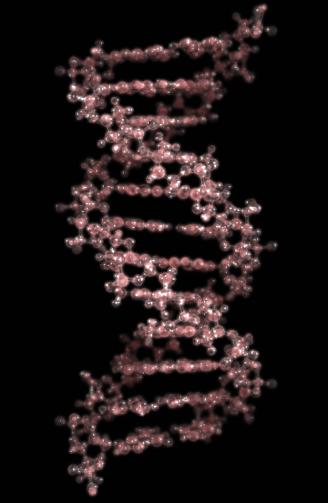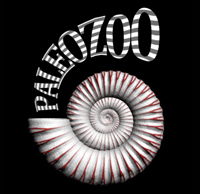Evolution
It is thought that all life on Earth is related to a single ancient organism known as the Last Universal Common Ancestor - LUCA. This is because all known organisms use the same base coding of amino acids within their DNA.

Darwin’s theory of evolution was extremely contentious when it was first proposed in 1859 and some aspects of it are still being debated to this day. However, insights from molecular biology have definitively settled any argument about whether or not evolution occurred. Clearly and demonstrably it did and it still does. Scientific research is now aimed towards elucidating the mechanics of evolution rather than trying to prove the underlying theory itself.
The core insights of Darwin's theory of evolution remain the bedrock of modern evolutionary theory. In that respect alone Darwin's theory is remarkable for its durability under intense and constant examination.
There are three primary tenets to the Theory of Evolution - Mutation, Adaptation, and Heredity.
Mutations occur naturally within organisms – we now understand this to take place specifically at the level of the gene. Some mutations prove adaptive within a specific environment, aiding in the survival of an organism. That organism can then transmit those traits to its offspring via the heredity mechanisms of the DNA molecule. This process is known as descent with modification.
It has long been recognised that there are inherent problems with Darwin's theory of evolution when overlaid with the palaeontological record. One problem is that Darwin's theory suggests that evolution occurs at a relatively steady pace, with organisms progressively branching away from common lineages, transitioning into new species over protracted time. The fossil record however suggests that the evolutionary process was much more volatile, stopping and starting in eruptions of biological radiation and extinction with species breaking away from one another abruptly. These observations have led to the 'punctuated equilibrium' hypothesis, whereby speciation occurs in rapid bursts followed by periods of relative stasis - markedly paralleling global extinctions of varying order.
There have been many extinction events in the life of the planet. The largest of these events is known as the Great Dying which occurred at the end of the Permian period, resulting in the extinction of over 90% of all life on Earth. Following any extinction event surviving organisms appear to rapidly evolve and spread out to reoccupy vacant environmental niches. This process is known as 'adaptive radiation' and it is also understood to reinforce speciation by separating and isolating members of individual species. However this process doesn’t account for all speciation patterns.
Speciation might be governed by an interplay of natural selection and sexual selection. Natural selection can be seen as a set of interactions that take place between an organism and its environment where genetic variations are intermittently able to express themselves within the environment. Sexual selection occurs at the level of organism to organism and this tends to be more constraining on new gene expression, with like attracting like. Speciation could be described as a push pull event.
The processes of evolution are still to be fully elucidated but they are now clearly understood to be a complex interplay between speciation, extinction and an ever changing environment all underpinned by the three tenets of Darwinian evolutionary theory.
